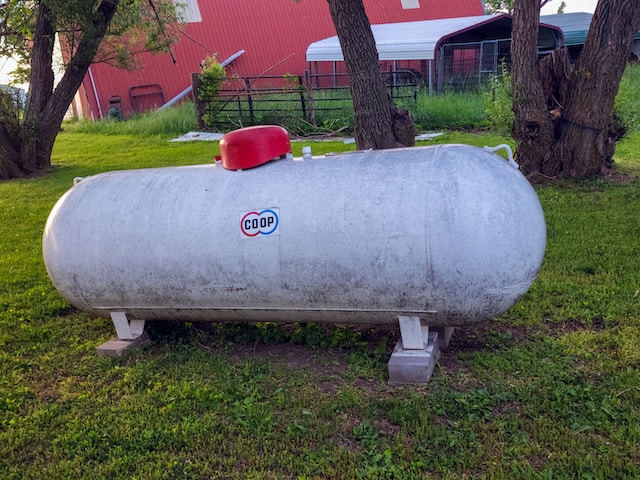Science fiction author Arthur C. Clark invented the idea of using satellites as “extraterrestrial relays” or mirrors to bounce radio signals around the globe in 1945. The idea was to launch three satellites at 23,000 miles (35,000 km) to bounce signals to the entire world. Today, the world stands on the leading edge of the commercialization of and satellites will play a central role.
While communication satellites or “comsats” are often touted as game changers in science and information technology the original purpose was to help governments better manage their domains, collecting information from far-flung regions in their spheres of influence. A good history of comsats can be found at the US Centennial of Flight Commissions wtih its historical list of commercial communications satellites. For example, the first communications with a satellite was with the Moon. In the 1950s the U.S. Navy created a system for bouncing signals off the surface of the Moon.
The advantage to governments of suddenly being able to instantly reach remote areas of their countries or the world using telephone communications and TV signals cannot be underestimated. Of course, the use of satellites has expanded into amateur radio, Internet access, military communications and more.
Improving Satellite Communications Technology
An MIT paper “Optimal Energy Allocation and Admission Control for Communications Satellites” illustrates the complexity of the issues of running increasingly greater numbers of satellites perform an increasingly wider range of tasks. Of course, powering satellites has always been a challenge. More recently the high cost of propelling satellites into space has been a stumbling block for the technology resulting in the emergence of small communication satellites which are revolutionizing research of the earth from lower Earth orbit.
For a list of communication satellites currently in orbit see Wikipedia’s list.
Following are the major milestones in satellites according to Wikipedia:
| Category | Year | Activity | Person/Agency/ Country. | |||||||||||||||||||||||||||||||||||
| Geostationary concept | 1945 | Suggestion of Geostationary satellite communication feasibility. | A. Clark ( U.K ) | |||||||||||||||||||||||||||||||||||
| Moon Reflection | 1946 | Detection of Lunar Echo by Radar | J. Mofenson (U.S.A.) | |||||||||||||||||||||||||||||||||||
| 1954 | Passive relaying of voice by moon reflection. | J.H. Trexler( U.S.A. ) | ||||||||||||||||||||||||||||||||||||
| 1960 | Hawaii-Washington, D.C. Communication by Moon Reflection. | U.S.A. Navy. | ||||||||||||||||||||||||||||||||||||
| Low altitude orbit. | 1957 | Observation of signals from Sputnik -1 Satellite. | U.S.S.R., Japan and others. | |||||||||||||||||||||||||||||||||||
| 1958 | Tape-recorded voice transmission by Satellite SCORE. | U.S.A. Air Force. | ||||||||||||||||||||||||||||||||||||
| 1960 | Meteorological facsimile Trans mission by Satellite Tiros-1. | U.S.A. NASA | ||||||||||||||||||||||||||||||||||||
| 1960 | Passive relaying of telephone and television by Satellite Echo-1. | U.S.A. Army. | ||||||||||||||||||||||||||||||||||||
| 1960 | Delayed relaying of recorded voice by Satellite Courier-1B. | U.S.A. Army. | ||||||||||||||||||||||||||||||||||||
| 1962 | Active transatlantic relaying of communication by Satellite Telstar-1. | U.S.A., U.K., France. | ||||||||||||||||||||||||||||||||||||
| 1962 | Communication between manned Satellites Vostok-3 and 4; Space television transmission. | U.S.S.R. | ||||||||||||||||||||||||||||||||||||
| 1963 | Scatter communication by tiny needles in Orbit.( West Ford Project 6 ) | U.S.A. MIT. | ||||||||||||||||||||||||||||||||||||
| 1963 | Active transpacific relaying of communication by Satellite Relay 1. | U.S.A. NASA, Japan. | ||||||||||||||||||||||||||||||||||||
| Synchronous Satellite. | 1963 | USA-Europe-Africa communication by Satellite Syncom 2. | U.S.A. NASA | |||||||||||||||||||||||||||||||||||
| 1964 | Olympic Games television relaying by Satellite Syncom 3 | U.S.A., NASA Japan. | ||||||||||||||||||||||||||||||||||||
| 1965 | Commercial Communication (Semi-experimental) by Satellite Early Bird. | INTELSAT. | ||||||||||||||||||||||||||||||||||||
The following video provides a history of satellites, their invention and uses.






